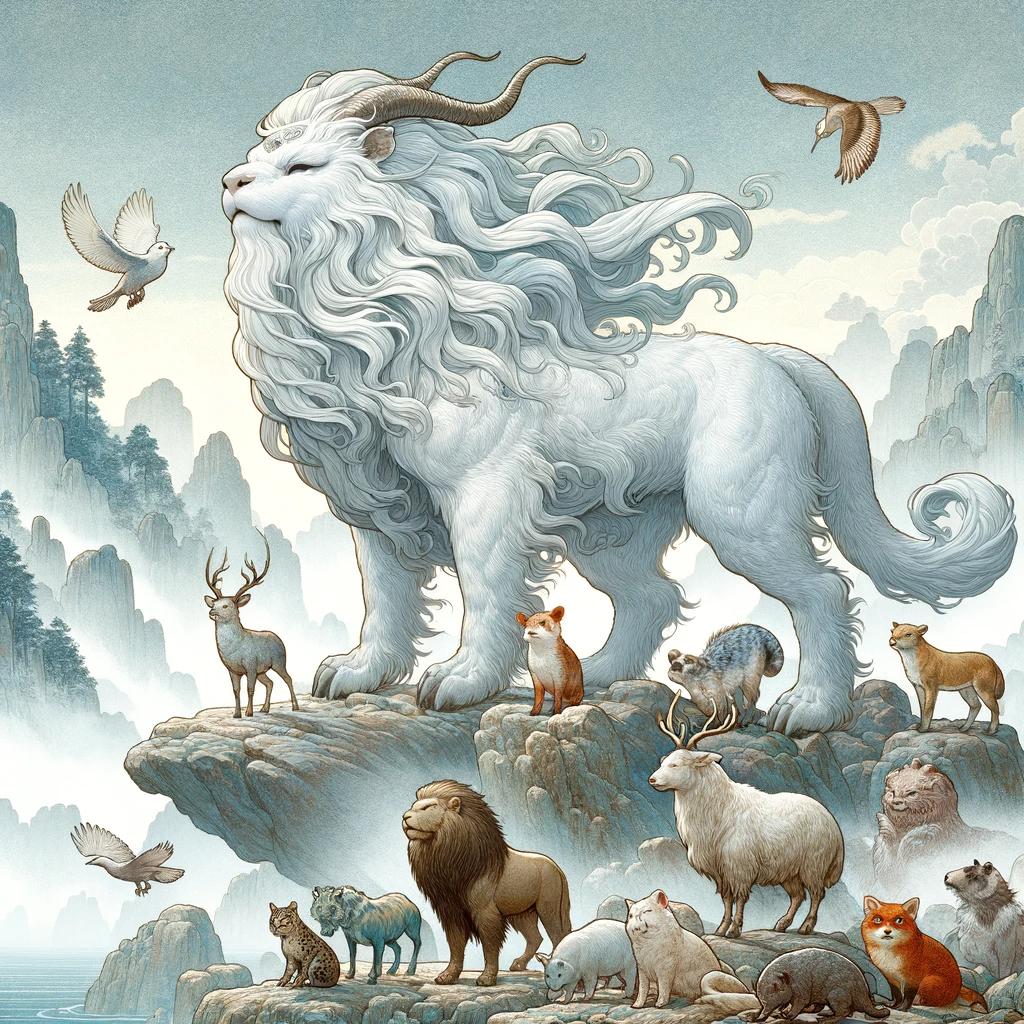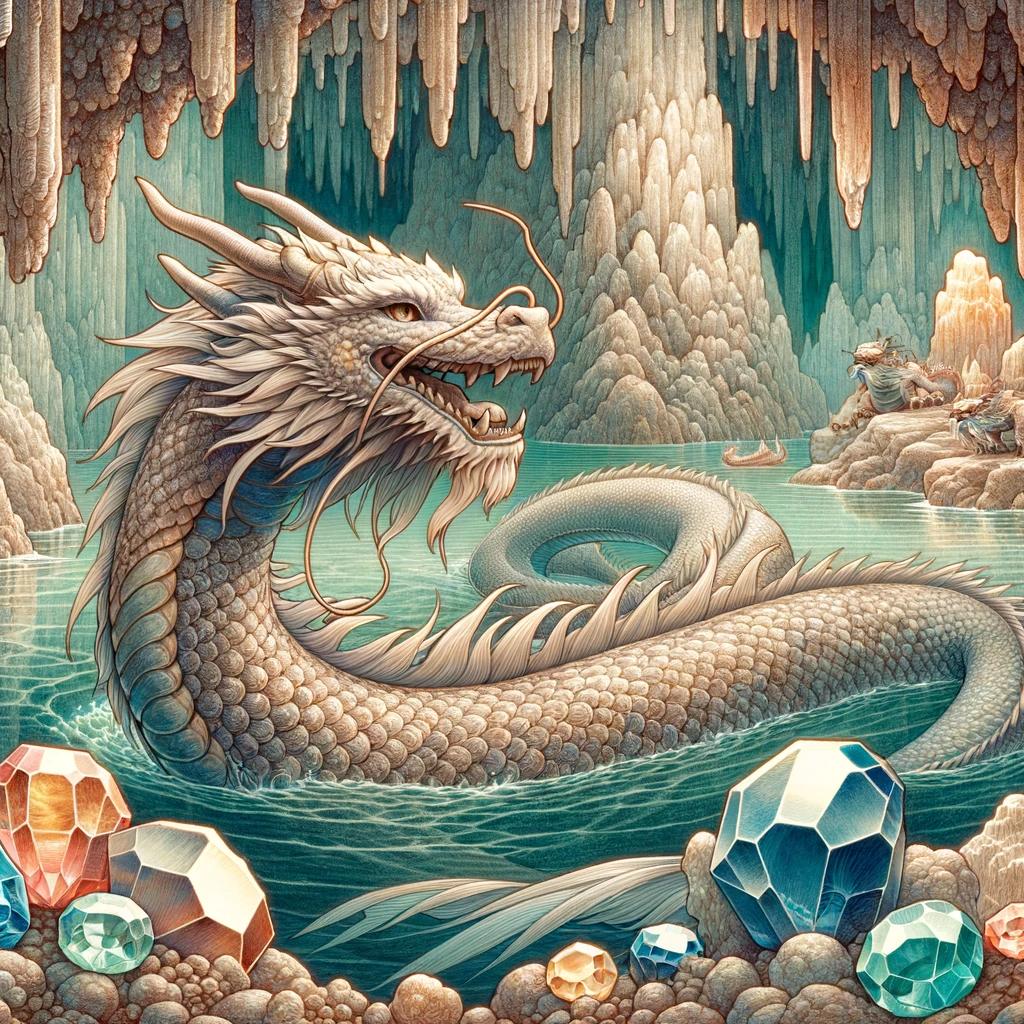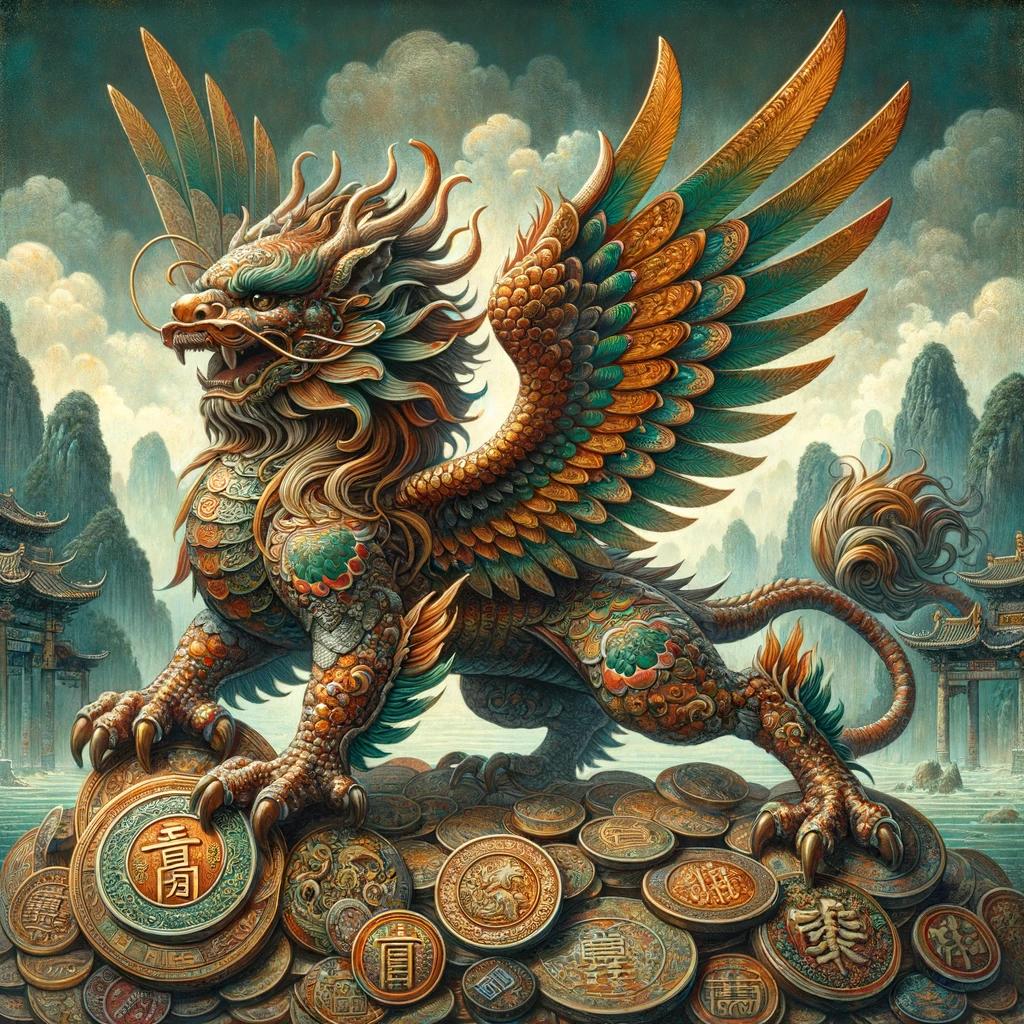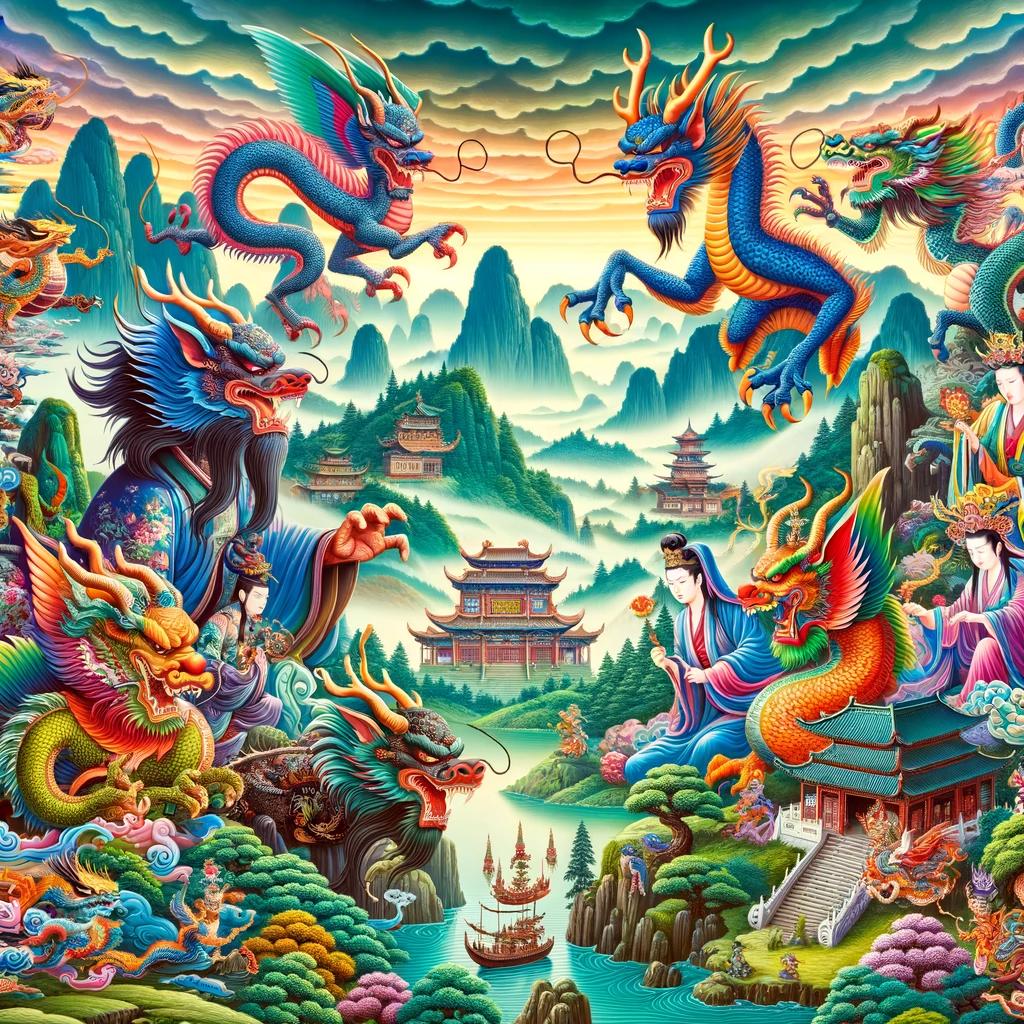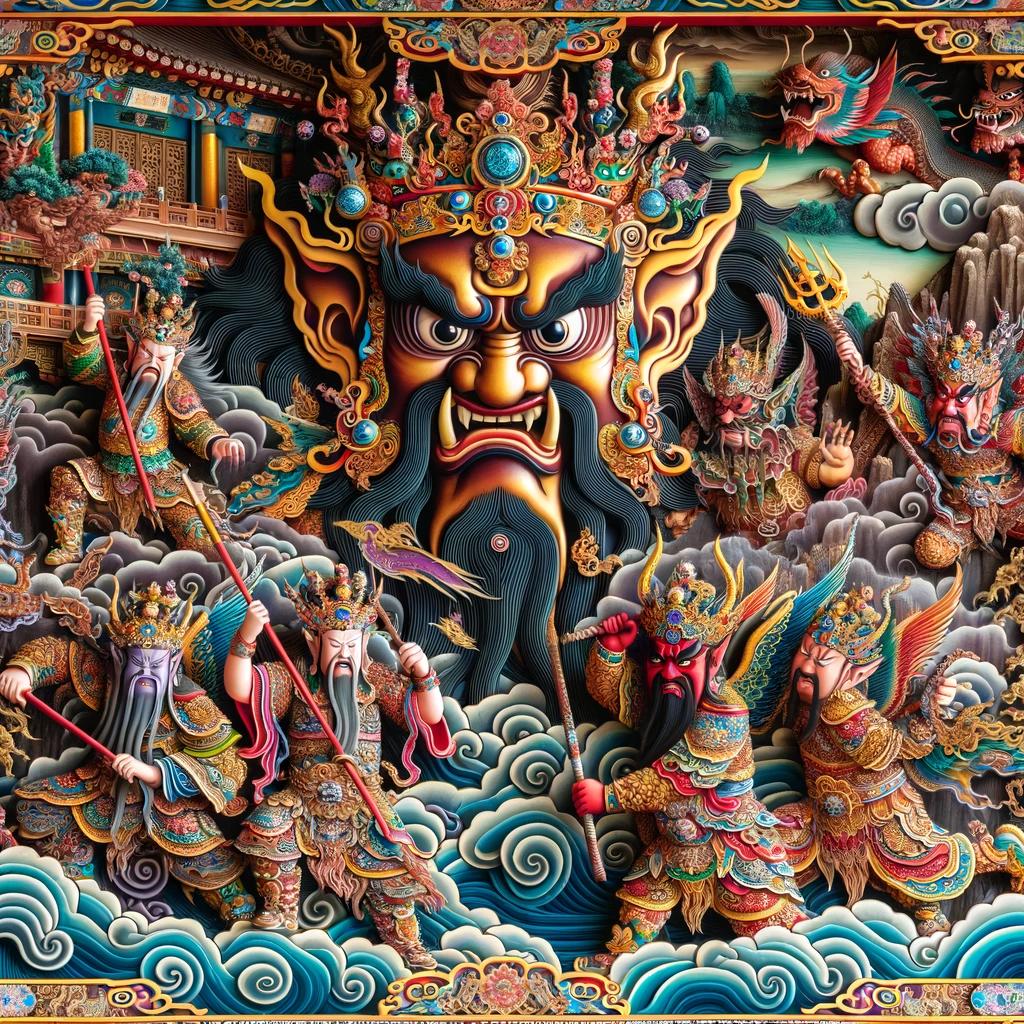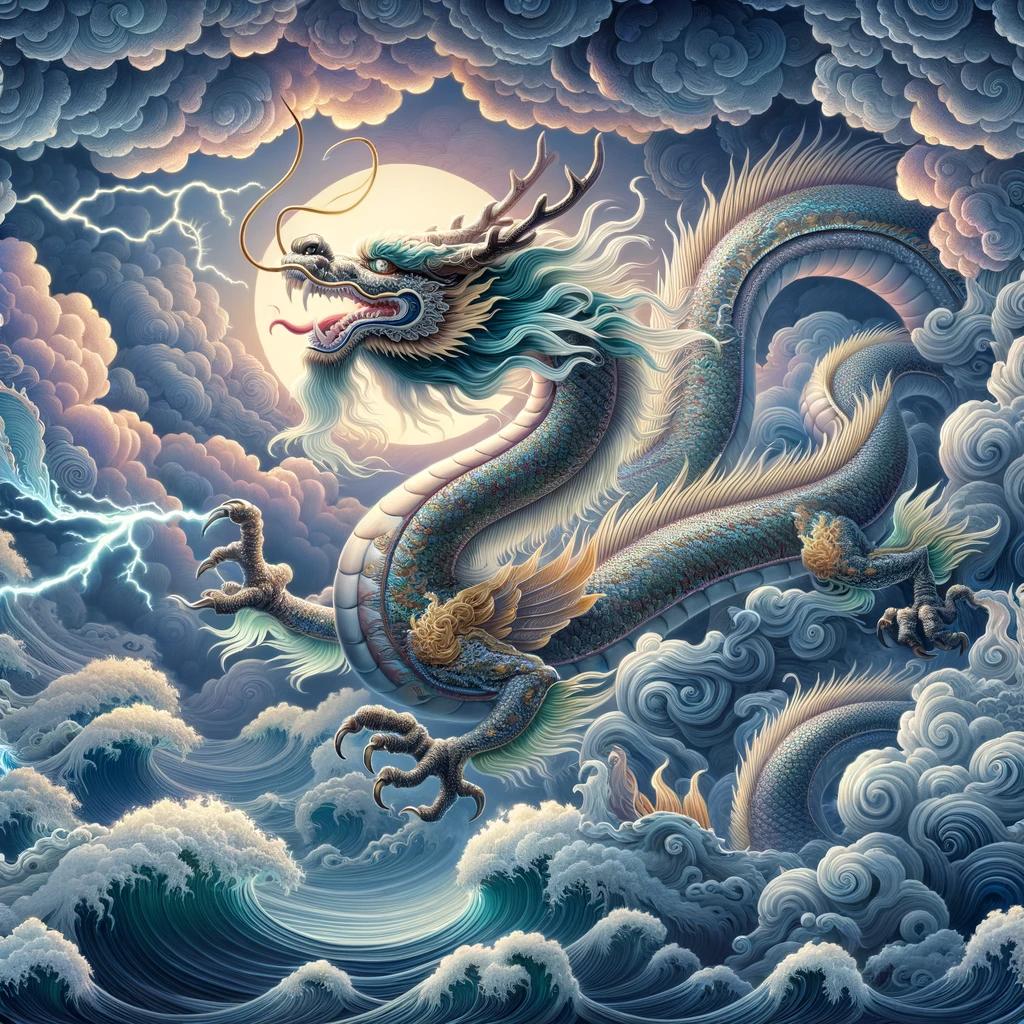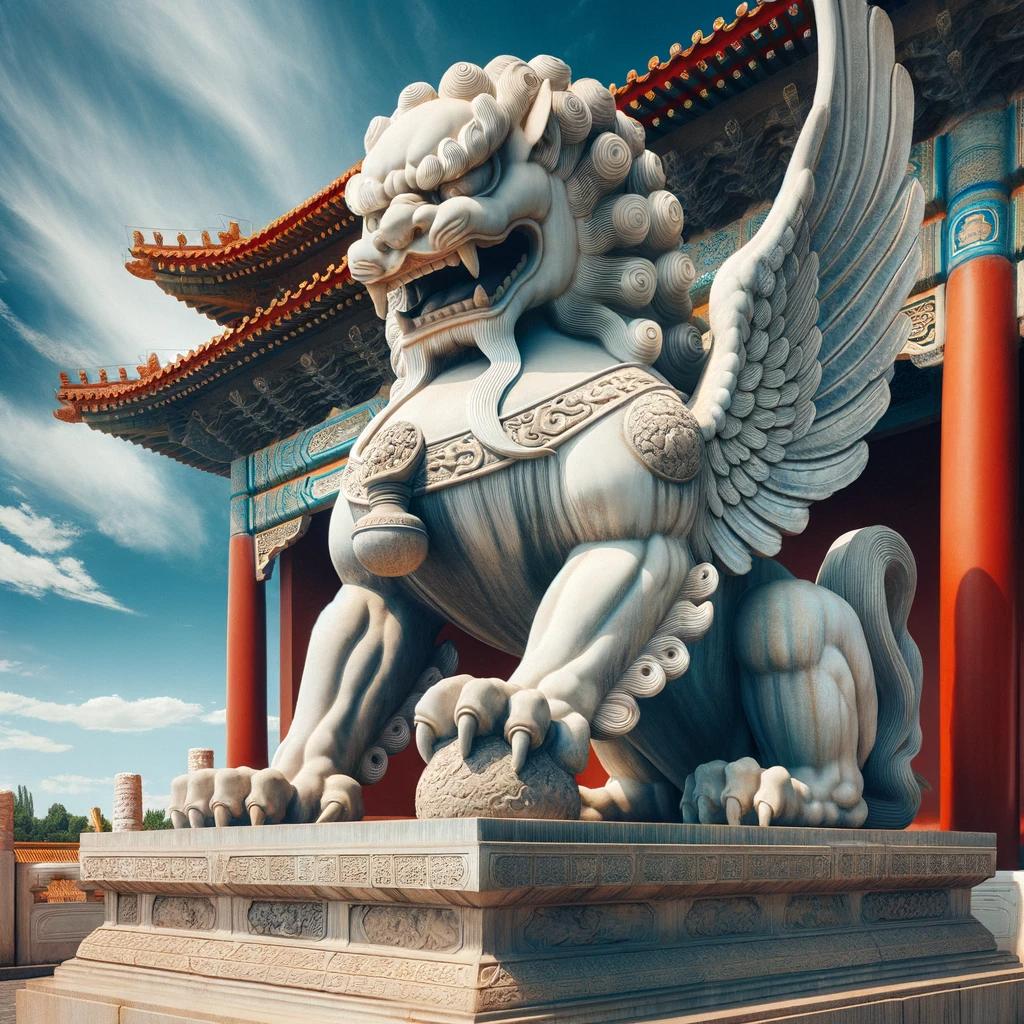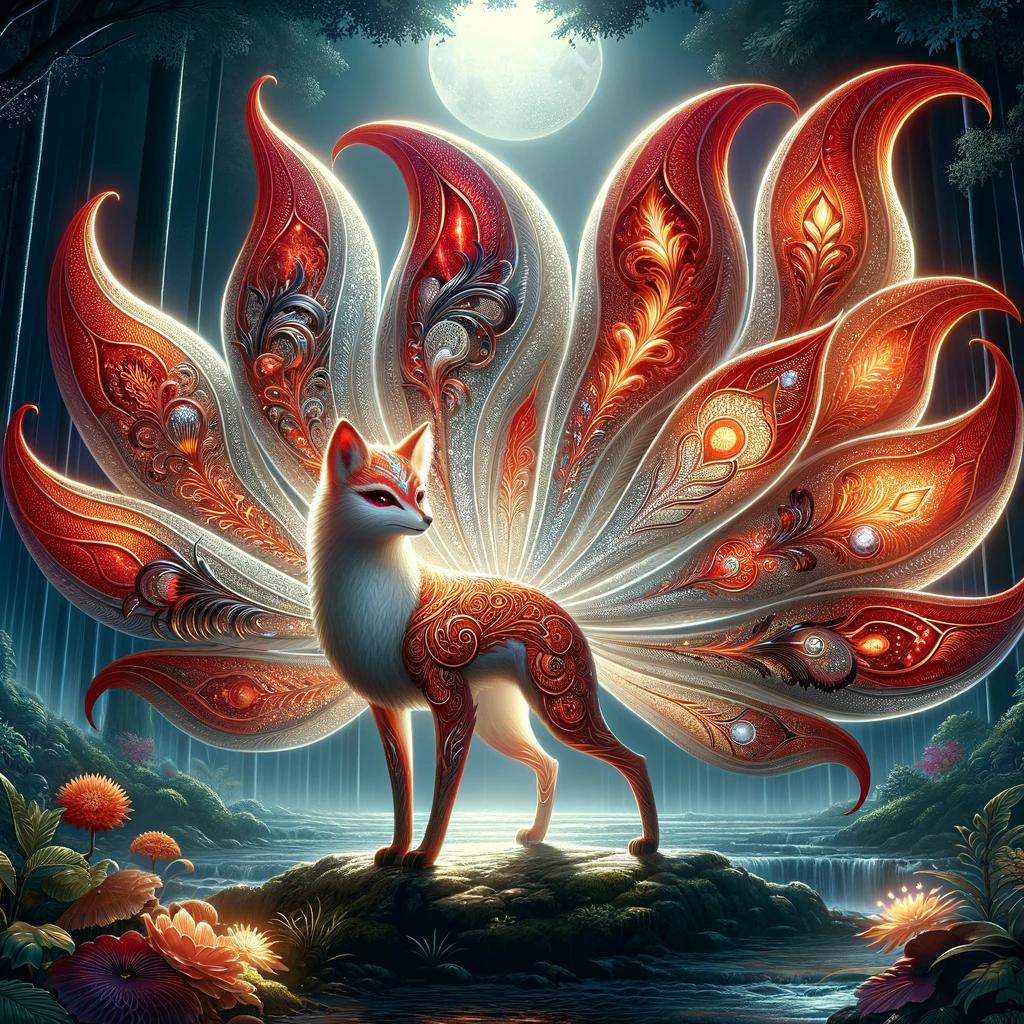Unveiling the Enigmatic Taowu: Understanding Chinese Mythology
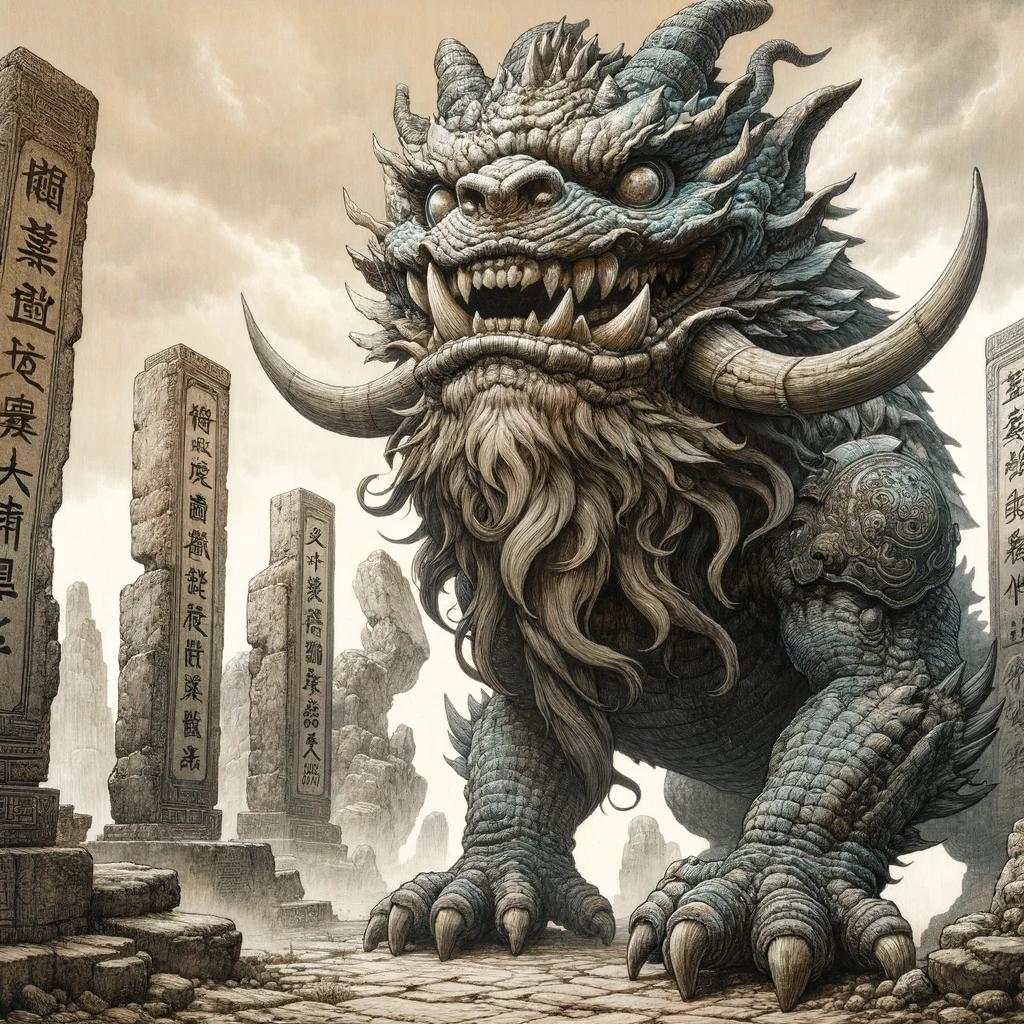
Taowu Chinese mythology encompasses a rich tapestry of supernatural creatures, including the Four Perils—Hundun, Taotie, Taowu, and Qiongqi. Hundun epitomizes chaotic turmoil, while Taowu embodies ignorance and stubbornness.
Taotie symbolizes insatiable greed, and Qiongqi represents an enigmatic and peculiar being. Legends trace their origins to evil tribal leaders who were ultimately defeated and banished by Emperor Shun. These malevolent beings find mention in ancient Chinese texts, depicting their significance and unique characteristics.
Today, their influence extends to various art forms and popular culture, captivating audiences with their enduring allure.
The Four Perils: Hundun, Taowu, Taotie, Qiongqi
The mythology of ancient China is rich with a diverse range of creatures and supernatural beings, and among them are the Four Perils of the world: Hundun, Taowu, Taotie, and Qiongqi.
Each of these entities possesses unique characteristics and has played a significant role in Chinese folklore and culture.
The Chaos of Hundun
Hundun, often referred to as the “chaotic whirlwind,” represents an extension of the primordial mythical chaos. Depicted as a gigantic faceless dog with bear-like paws and non-functional organs, Hundun embodies the inability to differentiate between good and evil.
When encountering noble individuals, Hundun invariably sparks conflicts but obediently follows the instructions of malevolent individuals.
The Ignorance of Taowu
Taowu symbolizes ignorance or stupidity, portrayed as a creature with a human face, tiger’s feet, pig’s teeth, a long tail, and flowing hair. It is said to reside in the western region of China and is often used to describe someone obstinate or stubborn.
The Greed of Taotie
Taotie personifies gluttony or greed, described as a creature with a sheep-like body, human hands and face, tiger’s teeth, hidden eyes under its armpits, and the voice of a human baby.
Taotie is notorious for its ravenous appetite, devouring everything in its path, including humans and even its own body.
The Strangeness of Qiongqi
Qiongqi, characterized as peculiar and enigmatic, dwells in the northern region of China. Various versions of Qiongqi exist, including a winged tiger that devours people from the head and a flying beast resembling a tiger that understands human languages and preys on people.
Qiongqi bites the nose of someone who is loyal and noble but offers the animals it has killed to someone who lacks reason.
These Four Perils were believed to be the reincarnations of wicked tribal leaders from ancient times.
They were eventually defeated and banished by Emperor Shun. References to these creatures can be found in ancient Chinese texts such as Shan Hai Jing and Zuo Zhuan.
Furthermore, Taotie is an ancient mythological creature in Chinese culture and often seen depicted on bronzes and other artifacts from the first millennium BCE.
It is one of the Four Perils in classical Chinese texts alongside Hundun, Qiongqi, and Taowu. The dings, ritual vessels from the Shang and Zhou dynasties, frequently showcase the Taotie motif, a zoomorphic mask with frontal appearance and bilateral symmetry.
Even though the specific word used for this design on the Shang and Zhou bronzes in ancient times is unknown, the term “Taotie” is commonly used in modern texts. Taotie also enjoys a presence in Chinese popular culture, appearing in films like “The Great Wall,” as well as in various animations, video games, and light novels.
Origins and Legends
The origins and legends surrounding Taowu and the other Four Perils of Chinese mythology are steeped in ancient folklore and tales passed down through generations. These captivating stories shed light on the lineage and fate of these malevolent creatures that once walked the earth.
Reincarnation of Evil Tribal Leaders
- According to ancient texts, Hundun, Taowu, Taotie, and Qiongqi were originally wicked leaders of tribal communities in ancient China.
- These leaders possessed immense power and used it to instigate chaos and suffering among their people.
- Through a twist of fate, these leaders were reborn as mythological creatures, continuing their reign of menace in a supernatural form.
Defeat and Banishment by Emperor Shun
- Emperor Shun, a wise and noble ruler, recognized the threat posed by these Four Perils to the stability of his empire.
- He gathered his forces and engaged in a fierce battle against them, ultimately defeating and banishing them from the realm.
- Emperor Shun’s victory marked the turning point in the balance between good and evil, securing peace and prosperity for his people.
Depictions in Ancient Chinese Texts
Ancient Chinese texts such as the Shan Hai Jing and the Zuo Zhuan provide valuable insights into the characteristics and appearances of these formidable creatures.
These written accounts describe their behaviors, interactions with humans, and the realms they inhabited. Through vivid descriptions and poetic imagery, these texts have preserved the legends of Hundun, Taowu, Taotie, and Qiongqi for centuries.
Symbolism and Characteristics
The symbolism and characteristics associated with the Four Perils in Chinese mythology provide deeper insights into their fascinating nature.
Hundun: Representing Chaos and Conflict
Hundun, often referred to as the “Torbellino Caótico” or chaotic whirlwind, embodies the primordial chaos in mythic Chinese cosmology. Portrayed as a colossal dog-like creature devoid of a face, functional sense organs, or distinguishing features, Hundun is incapable of discerning between good and evil.
Its encounters with noble individuals often result in conflicts, while it dutifully follows the commands of malevolent individuals.
Taowu: Symbol of Ignorance and Stubbornness
Taowu personifies ignorance and stubbornness. It is depicted as a creature with a human face, tiger feet, pig teeth, a long tail, and flowing hair. Dwelling in the western region of China, Taowu serves as an archetype for obstinate individuals.
Those who exhibit an inflexible nature or an unwavering refusal to change are often equated with the characteristics of Taowu.
Taotie: The Insatiable Beast of Greed
Known for its insatiable appetite and voracious nature, Taotie represents greed in Chinese mythology. This creature has a sheep-like body, human hands and face, tiger-like teeth, and concealed eyes under its armpits.
Taotie devours everything in its path, including humans, and even consumes its own body. Its incessant hunger serves as a warning against the perils of unchecked greed.
Qiongqi: The Mysterious and Bizarre
Dwelling in the northern region of China, Qiongqi is characterized as an enigmatic and peculiar creature.
Its manifestations vary, ranging from a winged tiger that devours individuals from their heads to a tiger-like flying beast with the ability to understand human languages. Qiongqi carefully bites the nose of someone who is faithful and noble while providing animals it has killed to someone who lacks reason.
In conclusion, the Four Perils of Chinese mythology—Hundun, Taowu, Taotie, and Qiongqi—each epitomize distinct aspects of human nature and characteristics. From representing chaos and conflict to ignorance and stubbornness, as well as insatiable greed and extraordinary peculiarities, these mythical creatures continue to intrigue and captivate audiences, leaving an indelible mark on Chinese folklore and popular culture.
Cultural Significance and Representations
The cultural significance of Taowu Chinese mythology can be seen through its representations in various forms of art, literature, and popular culture. These representations shed light on the enduring fascination and influence of these mythical creatures.
Taotie in Ancient Chinese Artifacts
Taotie, a prominent figure in Chinese mythology, has left its mark on ancient Chinese artifacts. This mythical creature, known for its insatiable greed, is often depicted as a zoomorphic mask with frontal appearance and bilateral symmetry.
The intricate designs featuring Taotie can be found on bronze vessels such as dings, which were used as ritual containers during the Shang and Zhou dynasties. These artifacts not only showcase the artistic prowess of the time but also highlight the cultural significance of Taotie in ancient Chinese society.
Taowu in Chinese Literature and Popular Culture
Taowu’s representation in Chinese literature and popular culture further emphasizes its significance in Chinese mythology. This creature, symbolizing ignorance and stubbornness, has been featured in various literary works, including poems, novels, and folktales.
Taowu’s character serves as a cautionary tale against the consequences of obstinacy and foolishness. Additionally, Taowu has made its way into the realm of popular culture, appearing in films, animations, video games, and light novels.
Its enduring presence showcases the ongoing fascination and reinterpretation of this mythical creature in contemporary media.
Qiongqi in Folklore and Modern Media
The enigmatic Qiongqi has left its mark on Chinese folklore and modern media. This creature, characterized as strange and bizarre, has sparked the imagination of storytellers throughout history. In folklore, Qiongqi is often depicted as a winged tiger, infamous for devouring its prey from the head.
Its ability to speak human languages adds to its mysterious allure. Today, Qiongqi continues to captivate audiences through its appearances in folk legends, traditional operas, and modern media, including films and television series.
Its unique characteristics and role within Chinese mythology make it a captivating figure that transcends time.
Exploring Taowu Chinese Mythology Today
As ancient Chinese mythology continues to captivate modern audiences, the exploration of Taowu mythology holds a particular fascination. This section delves into the impact of Taowu and the Four Perils on contemporary art, entertainment, and cultural relevance.
Influence on Contemporary Art and Entertainment
Taowu’s dark and enigmatic nature has inspired artists and creatives across various mediums. From fine art to film and literature, Taowu’s presence can be felt in captivating visual representations, intricate narratives, and atmospheric storytelling.
- Paintings and sculptures: Renowned artists have depicted Taowu’s mystical attributes, bringing its essence to life through captivating brushwork and sculptural forms.
- Music and performances: Composers, musicians, and dancers have drawn inspiration from Taowu’s themes, creating haunting melodies and mesmerizing performances.
- Literature and comics: Taowu has become a recurring character in novels, graphic novels, and comics, where its presence adds depth and intrigue to the narrative.
- Film and television: Taowu’s enigma and ancient lore have found their way into movies and TV series, captivating audiences with its compelling mythology.
Interpretations and Adaptations in Different Mediums
The versatility of Taowu mythology allows for creative interpretations and adaptations.
Artists and storytellers reimagine this ancient myth in diverse ways, injecting fresh perspectives while staying true to its essence.
- Artistic interpretations: Contemporary artists reinterpret Taowu’s physical form, symbolism, and characteristics to reflect the sensibilities of the present, creating captivating and thought-provoking pieces.
- Literary works: Writers craft imaginative tales, incorporating Taowu’s mythology into contemporary storylines, adding layers of depth and intrigue.
- Performance arts: Theater groups and dance companies incorporate elements of Taowu’s mythology into their productions, creating visually stunning performances that blur the boundaries between past and present.
- Virtual worlds: Video game developers and virtual reality creators transport players to immersive digital realms inspired by Taowu’s themes, allowing for interactive exploration and engagement.
Contemporary Relevance and Fascination
Despite its ancient origins, Taowu’s mythology continues to captivate modern audiences.
Its themes of ignorance, greed, and chaos resonate with societal issues and individual struggles in the present day.
- Psychological exploration: Taowu’s representation of ignorance and stubbornness invites introspection and analysis of human behavior, prompting deeper exploration of personal growth and societal dynamics.
- Social commentary: Artists and writers use Taowu’s mythology as a vehicle to shed light on contemporary issues, offering insightful commentary on topics such as corruption, temptation, and power dynamics.
- Philosophical contemplation: Taowu’s enigmatic and complex nature invites philosophical inquiries into the nature of existence, morality, and the human condition.
As Taowu’s timeless mythology continues to be explored, it serves as a reminder of the enduring power of ancient tales to inspire, provoke thought, and provide a lens through which to examine our own lives.
.












